The V10 engine is an endangered species. We celebrate it by taking one of the last of the breed, the Lamborghini Huracán Performante's, for a blast down memory lane
The 10-cylinder engine is unique.
Car engines have been made with one, two, three, four, five, six, eight, 12 and 16 cylinders, and Volkswagen even once ran a W18, but the V10 stands alone for only having ever been used to make cars more exciting. Many V12s were built for luxury cars, and of the three 16-cylinder motors to be installed in road cars to date, only Bugatti's has been used for pure performance purposes. But the V10? Whatever it was in, it was there to the raise hairs on your neck - and for no other reason.
I heard my first almost 30 years ago and it was love at first sound. Oddly enough, it was in an Alfa Romeo 164. Or something that looked like a 164. In fact, it was the Alfa Procar, a one-off machine produced in anticipation of a silhouette formula proposed by Bernie Ecclestone as a support series to Formula 1. It came with a mid-mounted 3.5-litre V10 that produced 630bhp at 13,500rpm and it sounded wondrous and terrifying in equal measure.
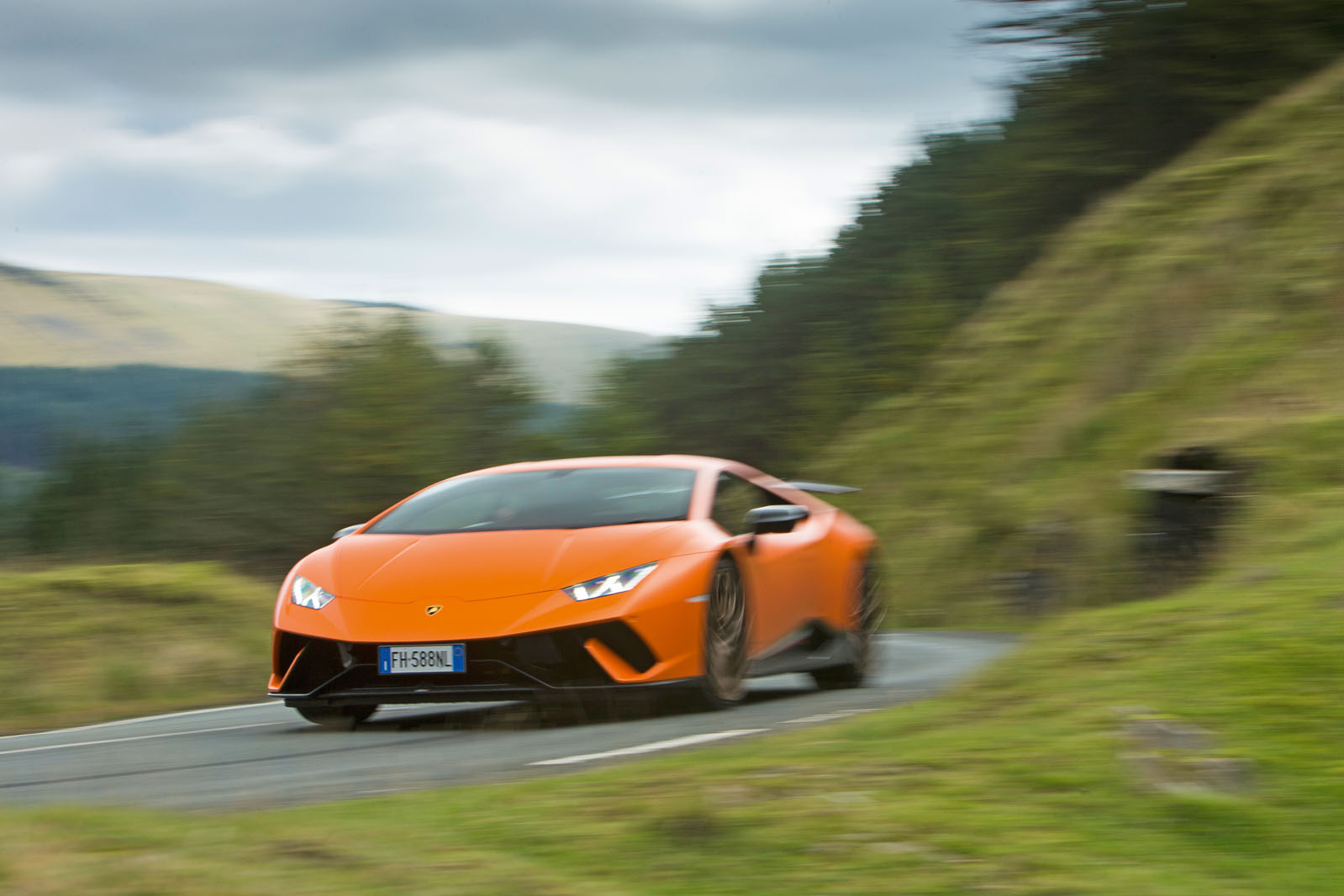
And now, three decades later, I'm listening to what might be the last. No one has officially called time on the V10 engine but its days seem numbered. Over the past dozen years, BMW has stopped using them, and the one built by Lexus came and went, as did Porsche's. Audi's V10 was removed from its hot saloons and estates, and even the greatest V10 stalwart of them all, the Dodge Viper, has ceased production. In fact, there's just one left and you'll find it under the engine cover of the Audi R8 or, in tweaked form, this Lamborghini Huracán Performante. It is the engine equivalent of the Przewalski's horse.
Lamborghini R&D boss: why the V10 and V12 are here to stay
I understand why this must be, at least most of the time. I understand that, compared with a smaller twin-turbo V8, a normally aspirated V10 is larger and therefore more difficult to package. It produces less torque and needs more revs to do it. I understand very well indeed that it's less easy to coerce a V10 breathing air at atmospheric pressure into providing socially acceptable economy and emissions data than a forced-induction V8. And I understand also that it's not a V12 so will never be seen to be quite the pinnacle. This stuff is important, as Bentley and Mercedes-Benz will tell you: certain people will pay silly sums just to know there are 12 pistons shuttling up and down under their bonnets, regardless of the cheaper, usually better alternatives.
But then there are those occasional moments when, frankly, I don't understand at all. This is one of them. I'm writing this with the sound of the Lamborghini's V10 still ringing in my ears. Now I know this is the kind of thing that writer types say without great thought, but I'm not one of them. Right now, I have a residual tinnitus that was not there before I drove the car. And I don't mind it at all, because it's keeping the experience of that motor alive just a little longer before it starts to convert to mere memory. And, yes, I've heard plenty of loud engines before, plenty that sound beautiful and far more melodic than this. But I've not heard many more interesting.
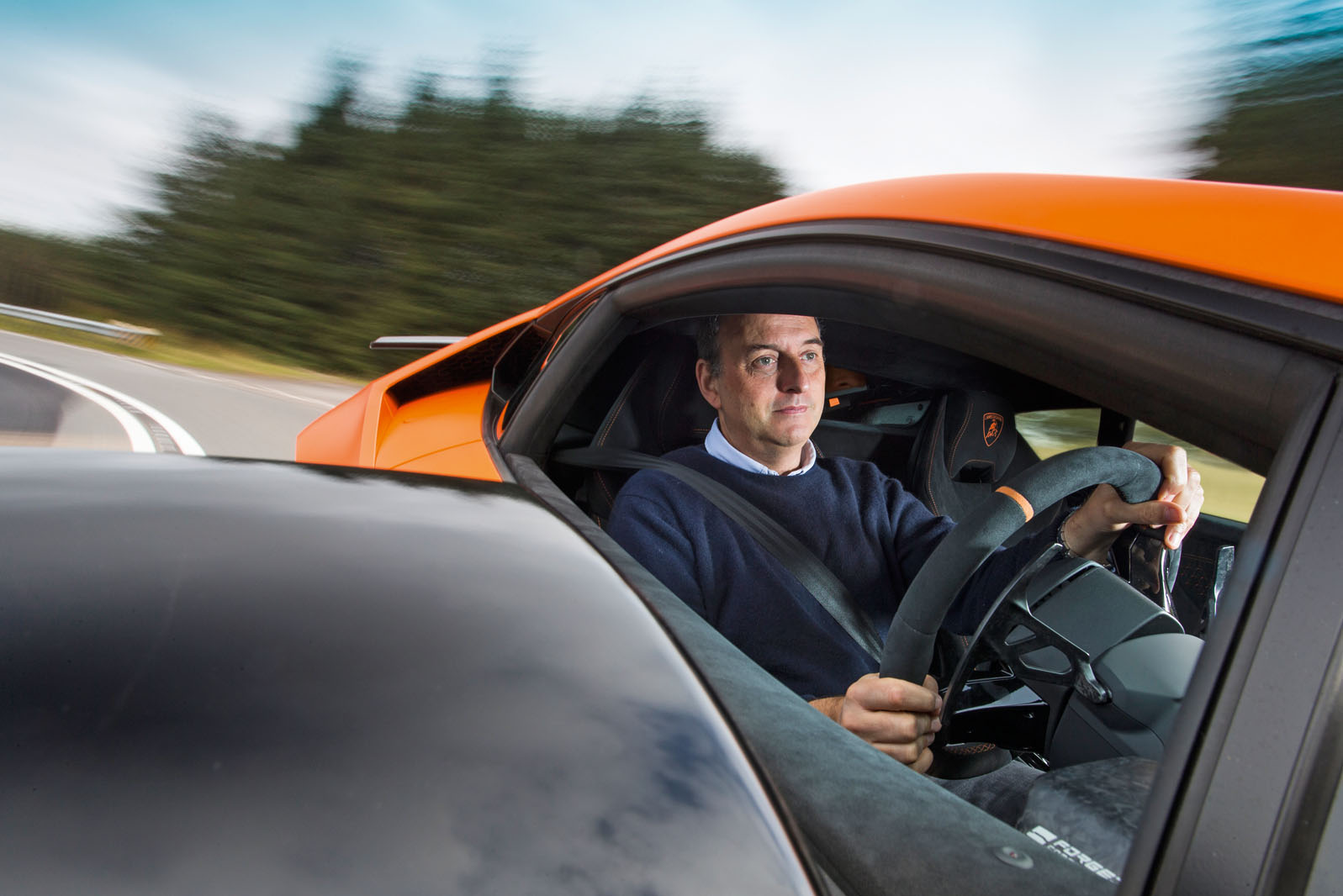
There is something about the V10 that is different. I won't bore you with the science but any engine with a cylinder count that's a multiple of five is inherently unbalanced. In tech terms, it's subject to first and second-order vibrations so shouldn't really work, and indeed wouldn't really work without careful application of counter-balance measures. The result is a grungy, off-beat voice, a million miles from the mainstream, popular approach. Think Janis Joplin versus Céline Dion and ask yourself who'd you'd rather listen to.
But that's not the only reason V10s arrived in road cars more than 70 years later than did the V12. Another problem was fuelling: because five is an odd number, there used to be only two ways of ensuring an equal amount of fuel reached all cylinders in a bank of five – either by using a single carburettor, which was terribly inefficient, or using five, which led to nightmarish tuning issues. It was only when fuel injection started to become routinely available that these problems went away; and once you had a successful five-cylinder petrol engine, such as that introduced in the Audi 100 in 1976, then simply doubling the cylinder count was a doddle.
Next Lamborghini Huracan due in 2022 will be plug-in hybrid
Even so, it took a while because the question of why anyone would want a V10 remained. It took two other manufacturers who never put a 10-cylinder engine in a road car to provide the answer. This time, it was Honda and Renault and the motivation was F1. When turbos were banned at the start of the 1989 season, both agreed with Alfa Romeo that the best number of cylinders for the new 3.5-litre formula was 10. It turned out to be a good call because V10-powered cars won all but one F1 constructors' championship until they got banned in 2006. So really the reason all those V10 road cars started appearing, from the 1992 Viper onwards, was marketing. Like paddle-shift gearboxes, anything that gave you something only an F1 driver had hitherto enjoyed was always going to be a powerful sales tool. And now such motors are a distant memory, the motivation to buy one appears to be dying with them.
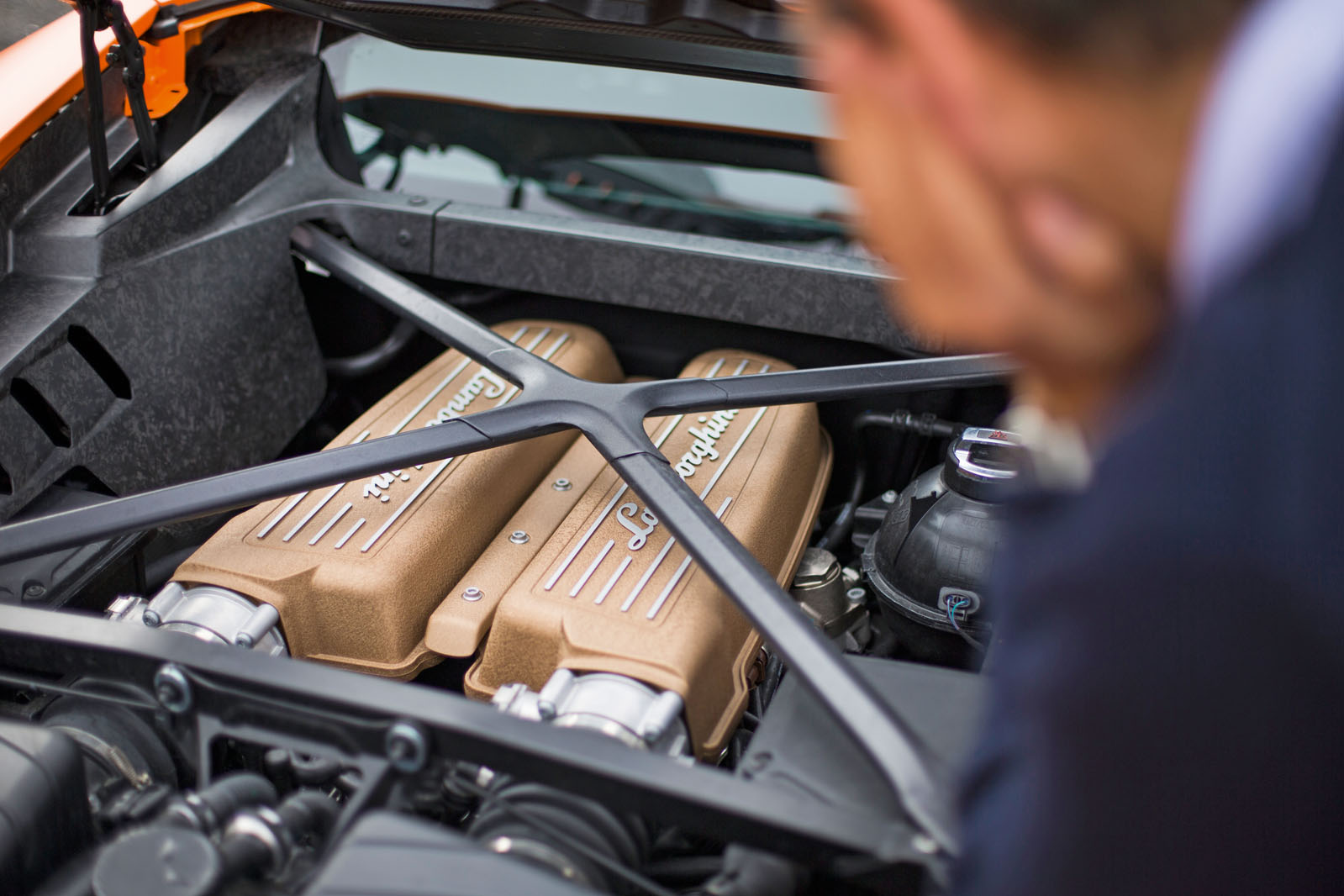
It saddens me because it says the real appeal of such a motor is not what it does for the driver but what they think it says about him or her.
I find myself wanting to shout 'just listen to the bloody thing' rarely more than when recently recovered from the interior of a hard-driven Huracán. The V10 adds a completely different dimension to this Lamborghini: in my book, a Ferrari 488 GTB and McLaren 720S are both better cars, but can they make you want to drop the windows, hang onto the lower gears and have you squinting over OS maps for any tunnels they might reveal? They cannot. They don't make my ears ring, least not like this.
And I admire Lamborghini and, indeed, Audi for sticking with it, in the same way I admire McLaren for its refusal to give up hydraulically assisted steering. Both make the cars to which they are fitted better to drive, and in cars such as these, that should trump all other considerations. No one ever bought a Ferrari or a McLaren in preference to a Lamborghini for its slightly less calamitous on-paper CO2 emissions.
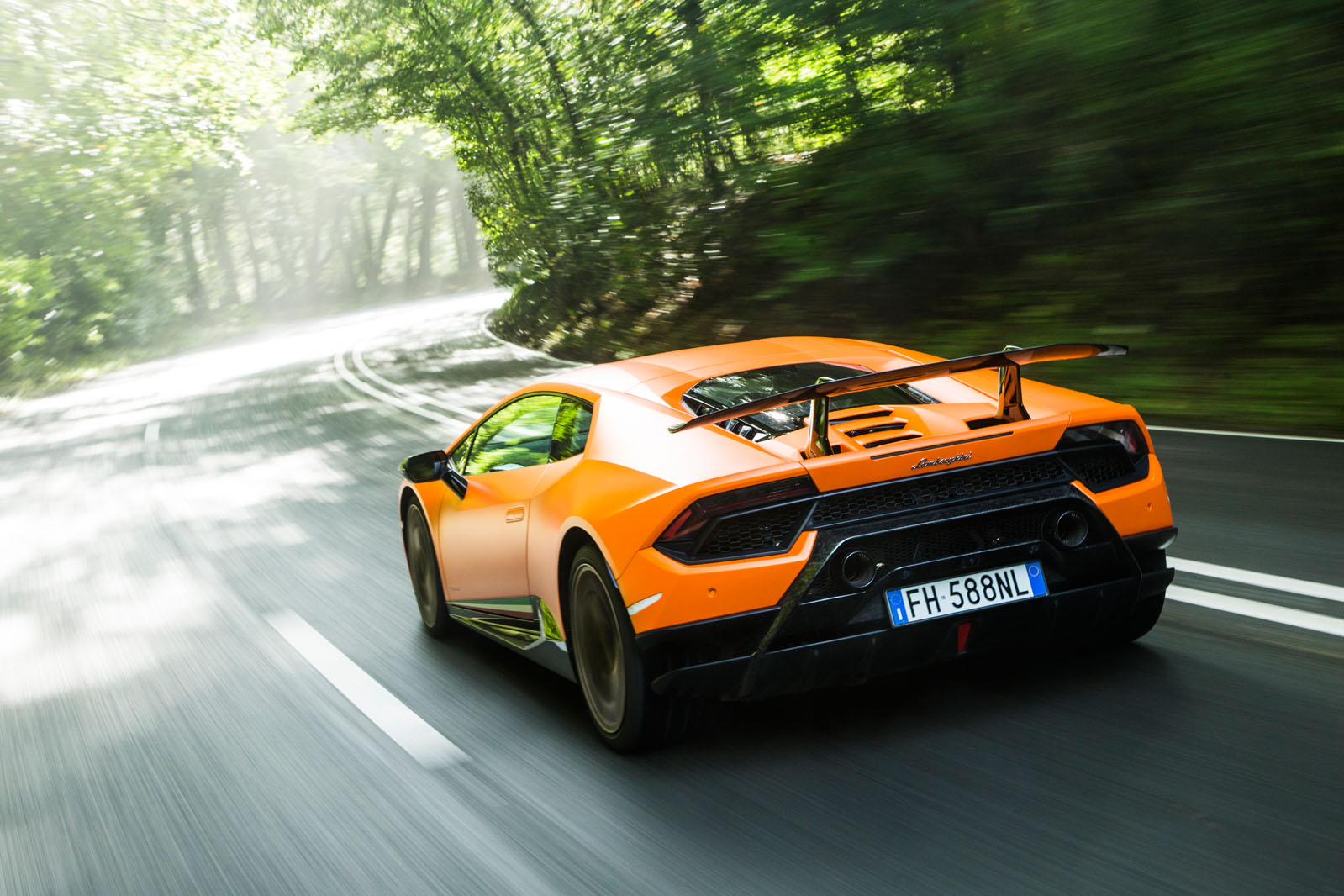
But I worry. We know turbo engines are coming to the R8 and we know the Volkswagen Group is still looking for ways to save money on expensive programmes few of its customers will miss. A V10 production line would seem as likely a place to wield the axe as any. And that would be that: one stroke of a bean-counter's pen on a piece of paper in Wolfsburg and the V10 could be dead and, I don't doubt, dead it would stay. Sitting here, Huracán still howling and shrieking away in my head, I guess I should just be glad I knew the V10 at all.
Tuned super cars: experiencing an Audi R8 V10 with 906bhp
The best road-going V10s
1992 DODGE VIPER - An engine originally intended for a pick-up truck but recast in aluminium by Lamborghini. It displaced 8.0 litres and, when we drove it in the Viper, provided the best performance of any road car we'd driven. As the first V10 road car to go on sale, the Viper was a landmark that was to last 25 years.
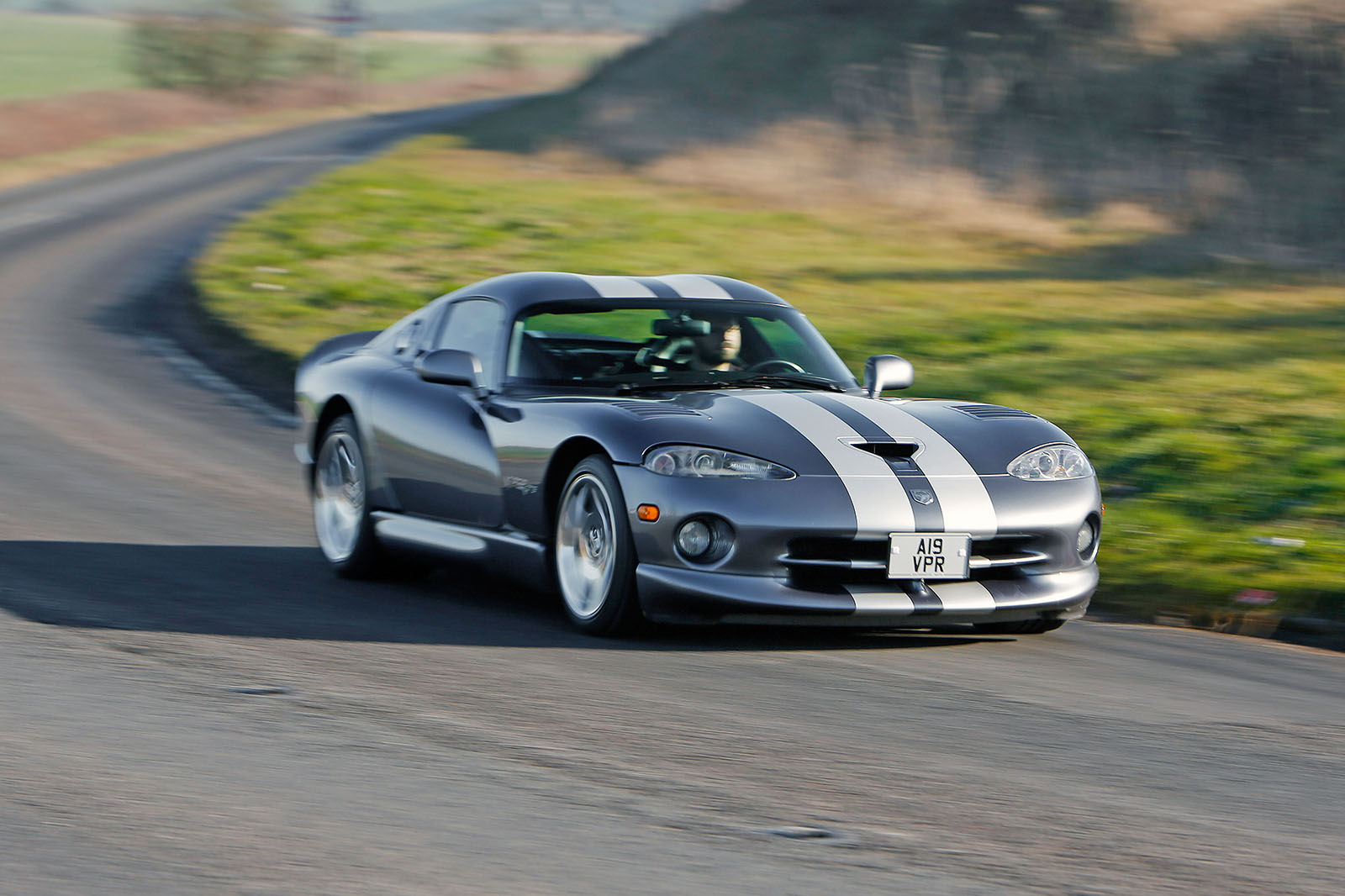
2002 VOLKSWAGEN TOUAREG 5.0 TDI - It remains the world's only V10 SUV, and although the 313bhp engine was technologically humble (it shared its bore and stroke with a 68bhp four-cylinder diesel), there was no doubting its effectiveness. Would tow a house without noticing.
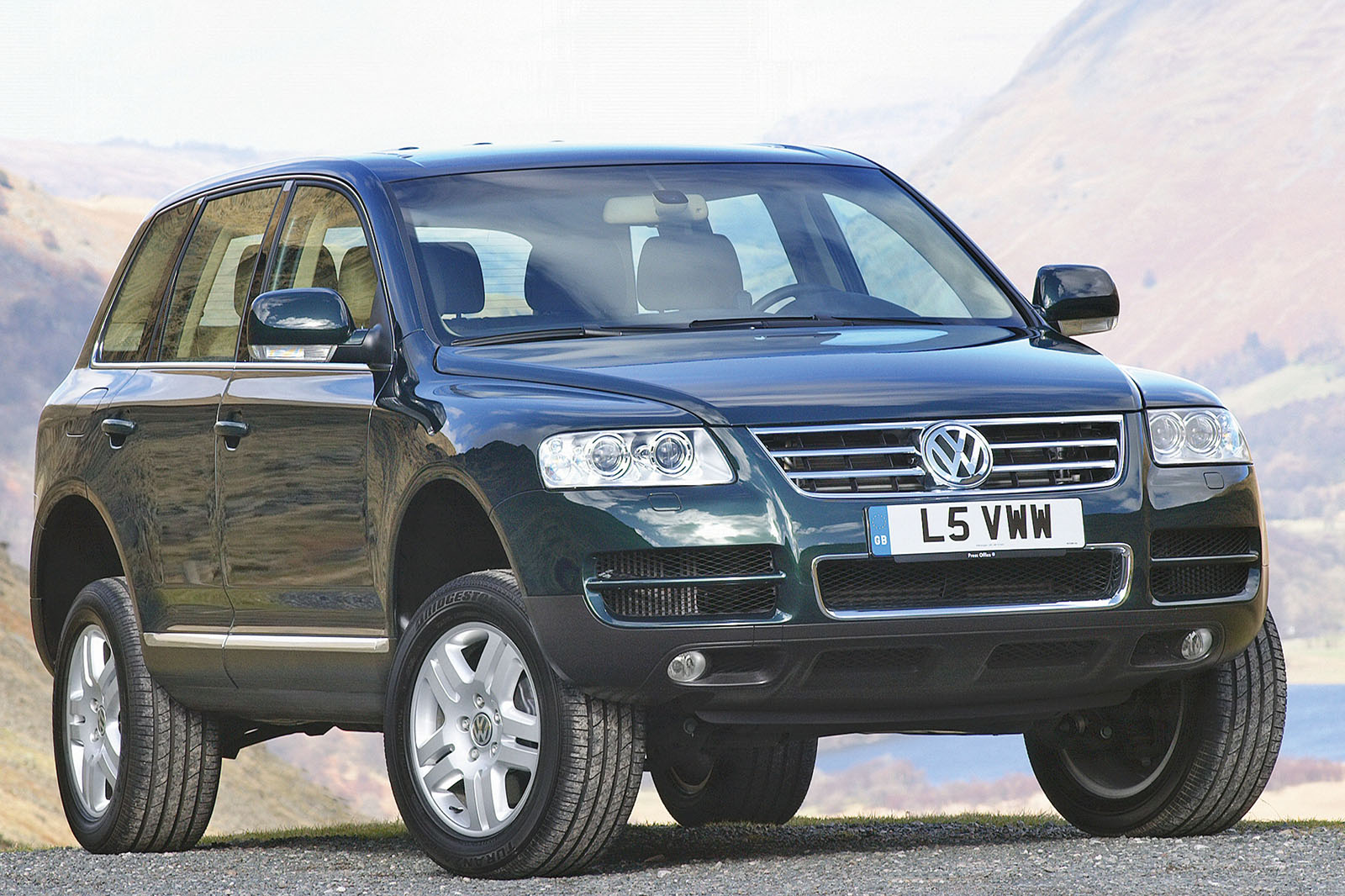
2004 PORSCHE CARRERA GT - As blue-blooded a V10 as you'll find: a 5.5-litre 603bhp engine designed to win Le Mans. Then the rules changed and Porsche pulled out and wondered what to do with the project. This car was the answer and the V10 one of the rarest but finest Porsche engines of all time.
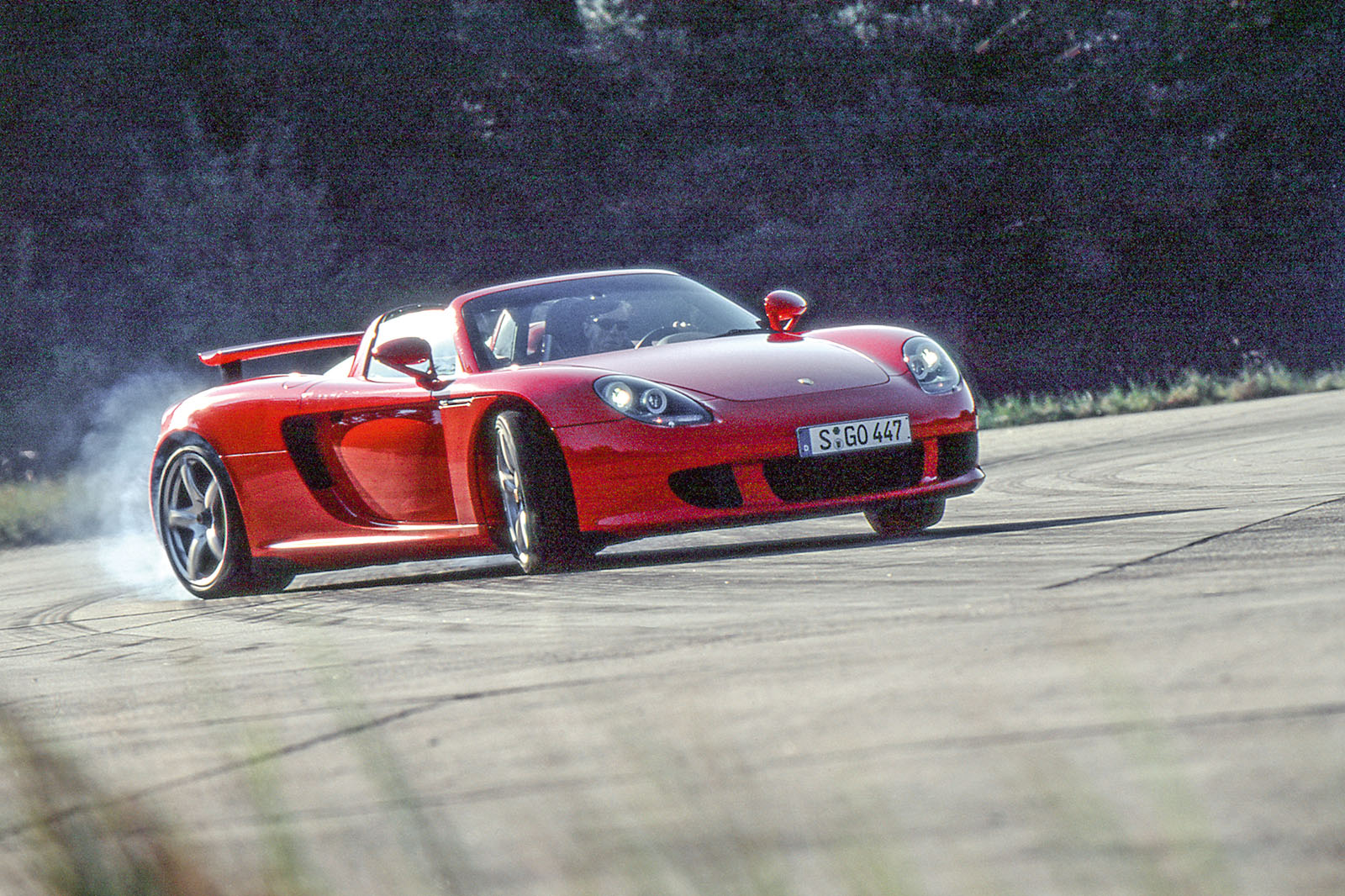
2005 BMW M5 (E60) - BMW was in Formula 1 at the time and wanted to capitalise. It did not fluff the opportunity. The 5.0-litre V10 engine used in the M5 was a searing, screaming monster of a motor that was capable of reaching 8200rpm and throwing 500bhp at the rear wheels.
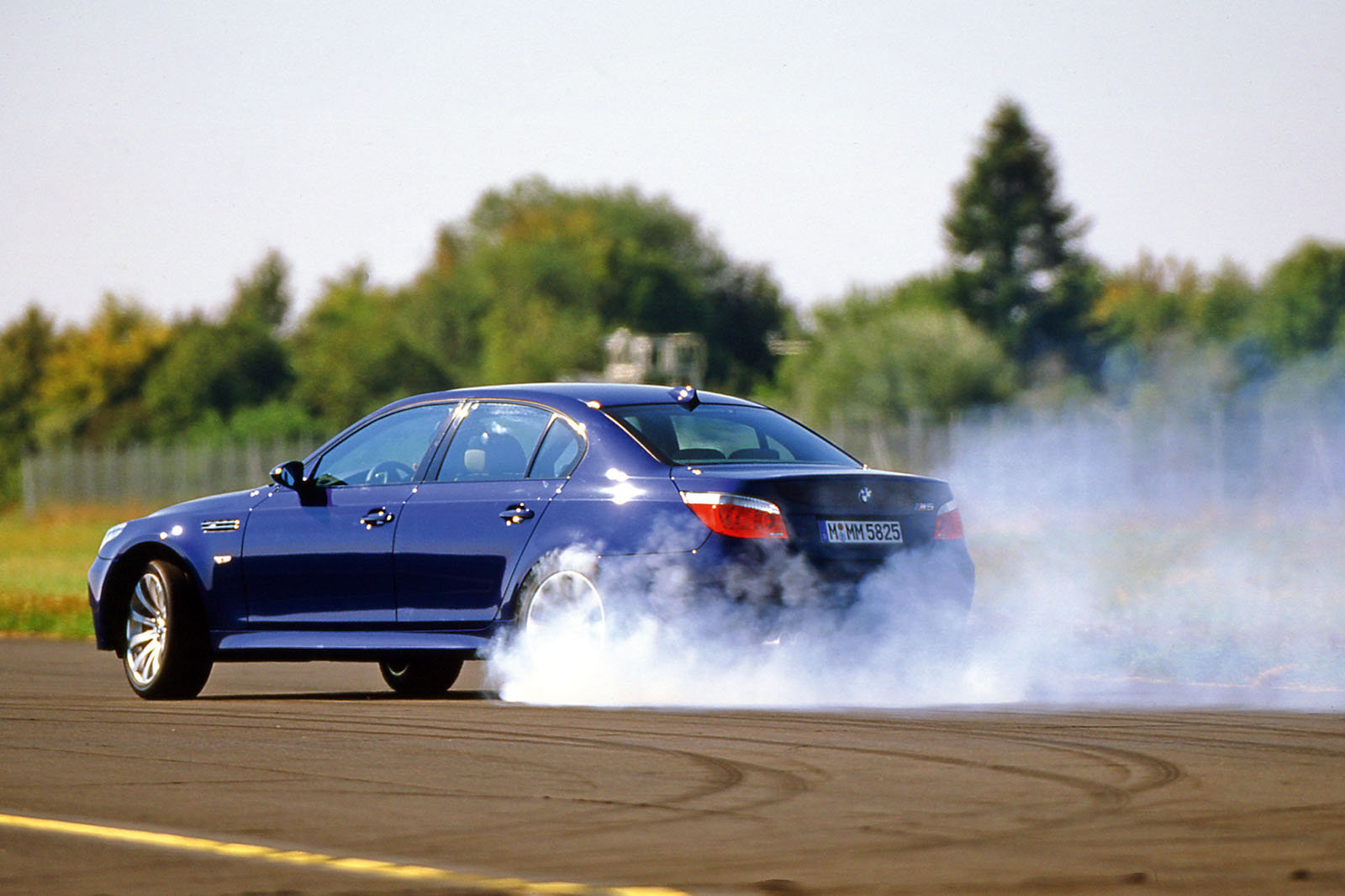
2010 LEXUS LFA - Not just the greatest V10 ever to reach production but a good candidate for the greatest supercar engine of all time, and certainly the best-sounding. Would rev past 9000rpm. Had 4.8 litres, 552bhp and the sort of soundtrack you'd want played at your funeral.
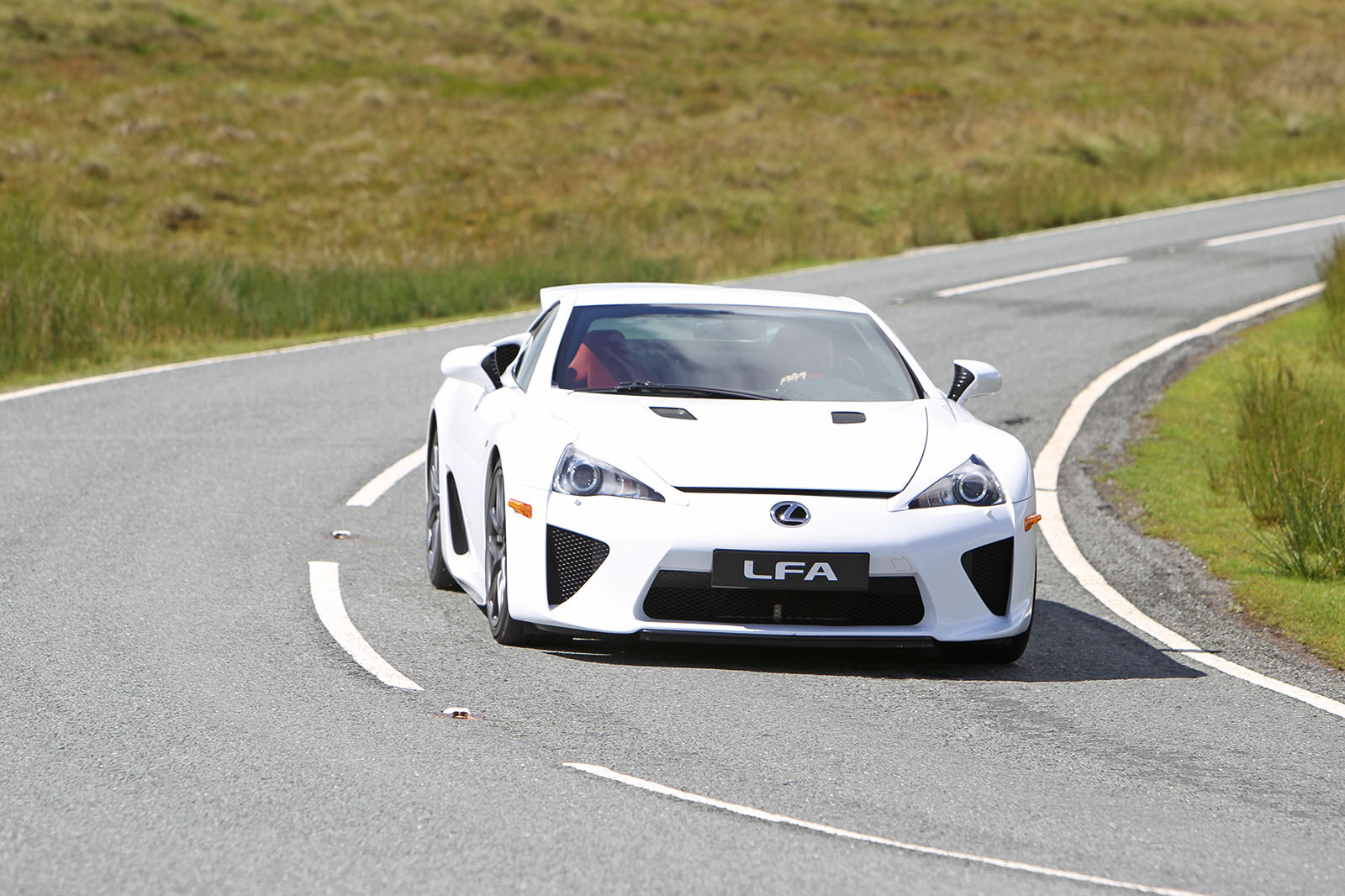
Used V10s we found for sale
BMW M5 (E60) - 2006, 54,000 miles, £18,500: a heck of a lot of supercar saloon for the price of a Vauxhall Astra, but take care when buying. The powertrain has known issues so do your research and buy a well-maintained example with an impeccable history.
See all used BMW M5s for sale in the Pistonheads Classifieds
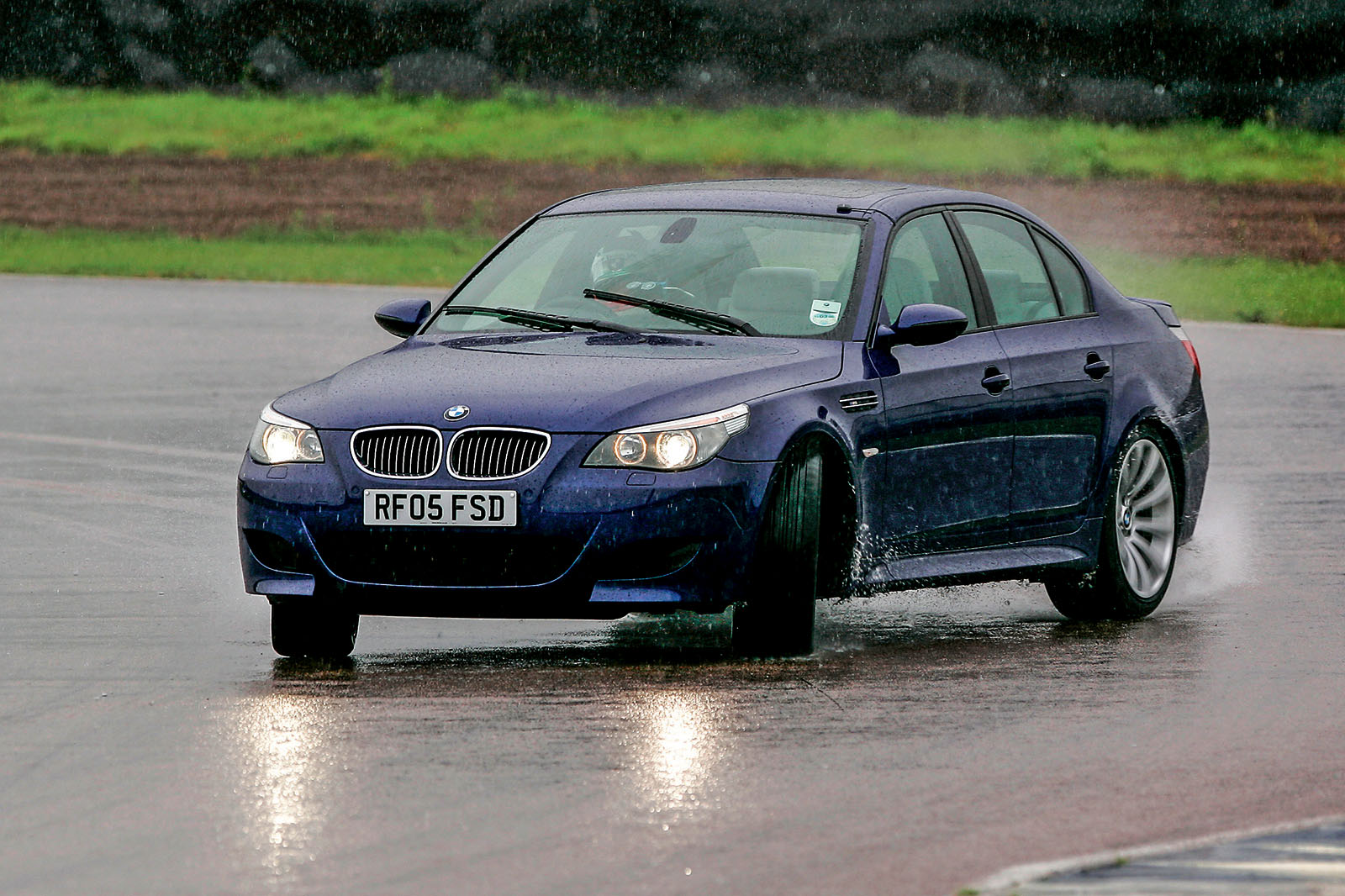
AUDI S6 AVANT - 2007, 74,000 miles, £10,500: a full-sized estate with an engine related to a Lamborghini's — and all for the price of a small modern tin box. S6s aren't great in the corners and the fuel bills will make you weep, but the engine is world class.
See all used Audi A6 for sale with Pistonheads Classifieds
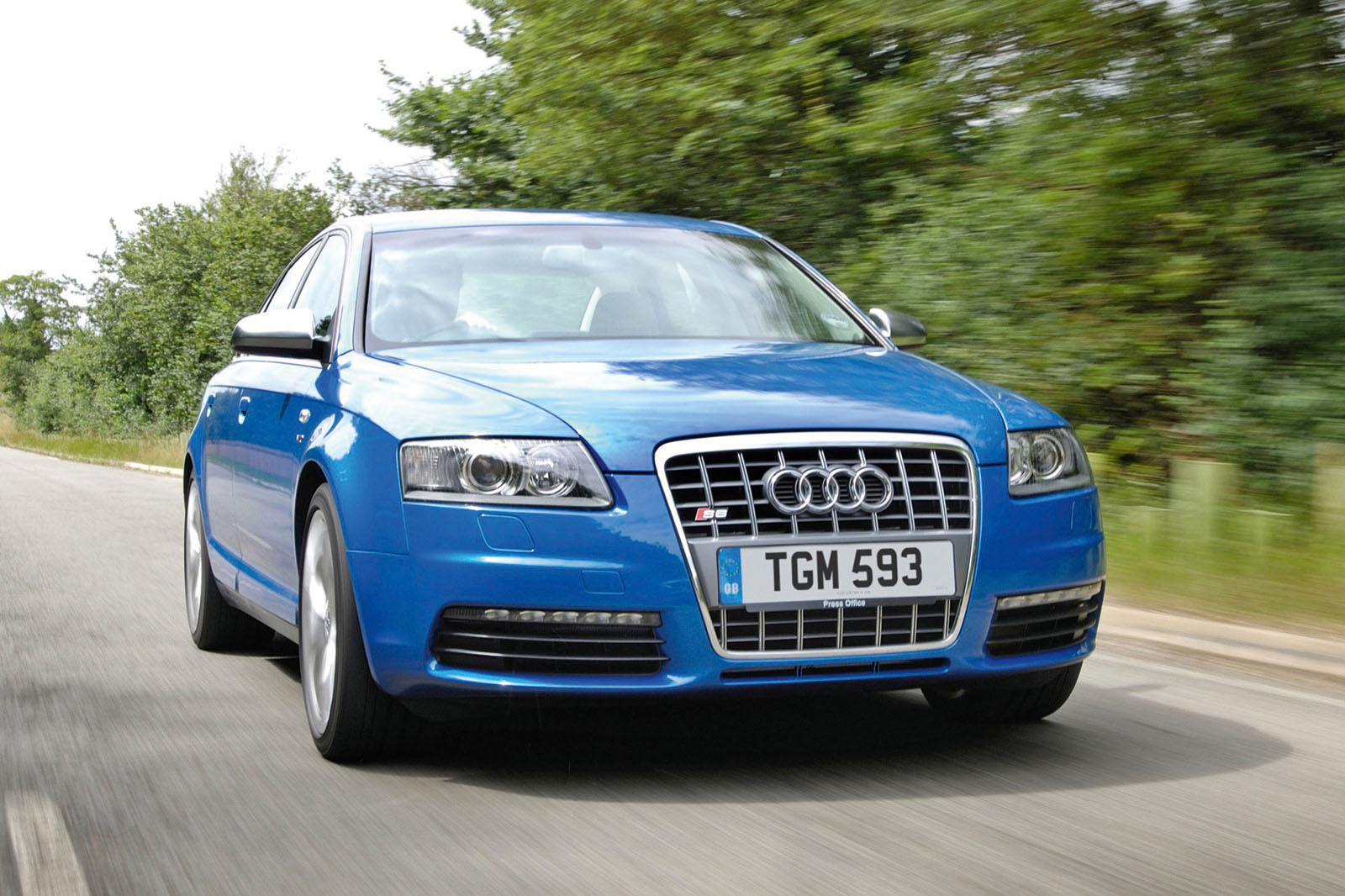
VOLKSWAGEN PHAETON - 2006, 87,000 miles, £6790: V10 bargain of the century? A huge limo with a colossal V10 diesel for less money than all but the cheapest new Dacia Sandero. The engine is so understressed that it's likely to be less than halfway through its lifespan, too.
See all used Volkswagen Phaeton for sale with Pistonheads Classified
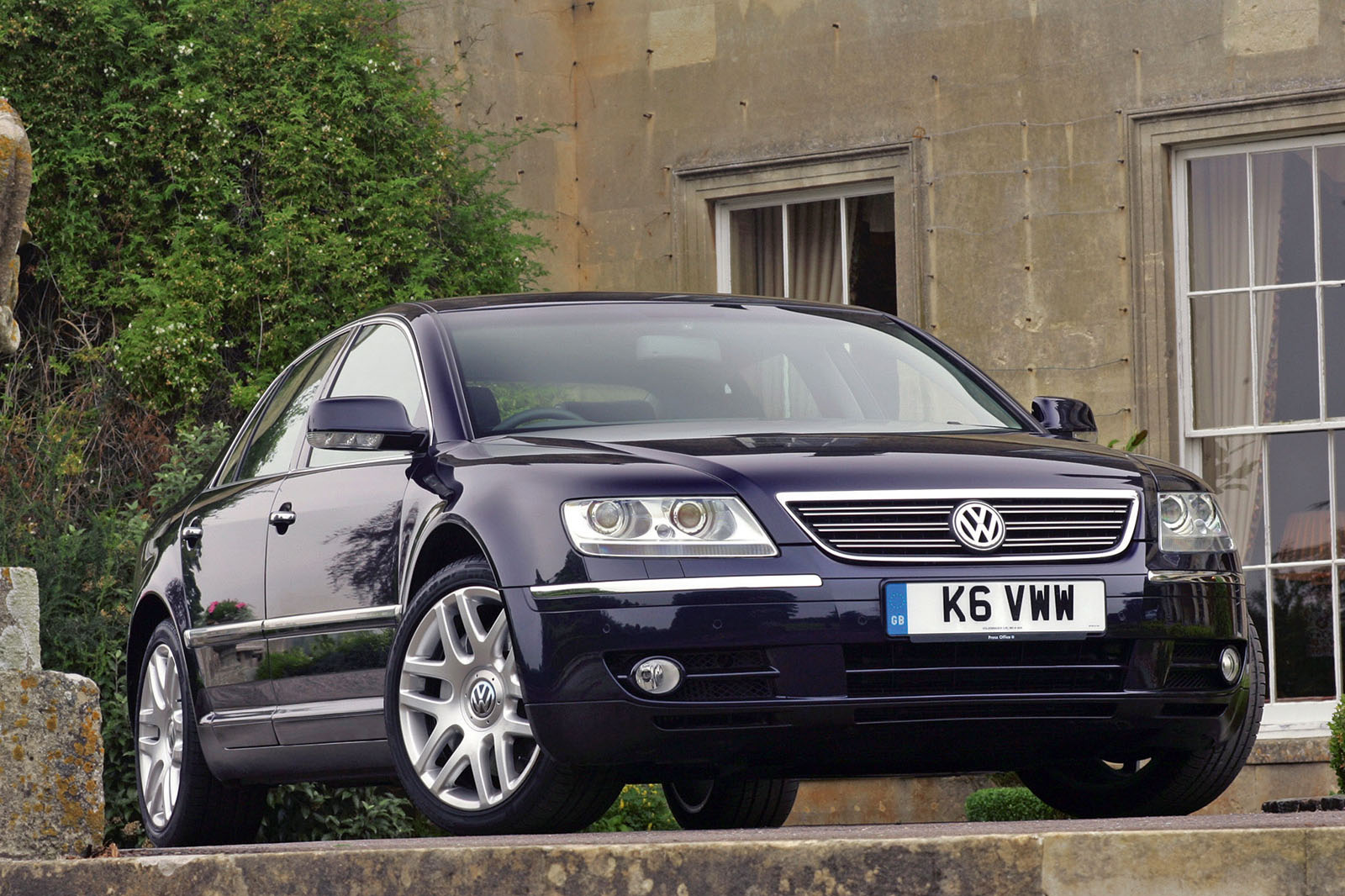
LAMBORGHINI GALLARDO LP560-4 - 2009, 30,000 miles, £92,000: early Gallardos can be bought for less than £70k but the 2009-model- year facelift transformed the car for the better. Avoid two-pedal E-gear versions. Carbon brakes feel horrid.
See all used Lamborghini Gallardo for sale with Pistonheads Classified
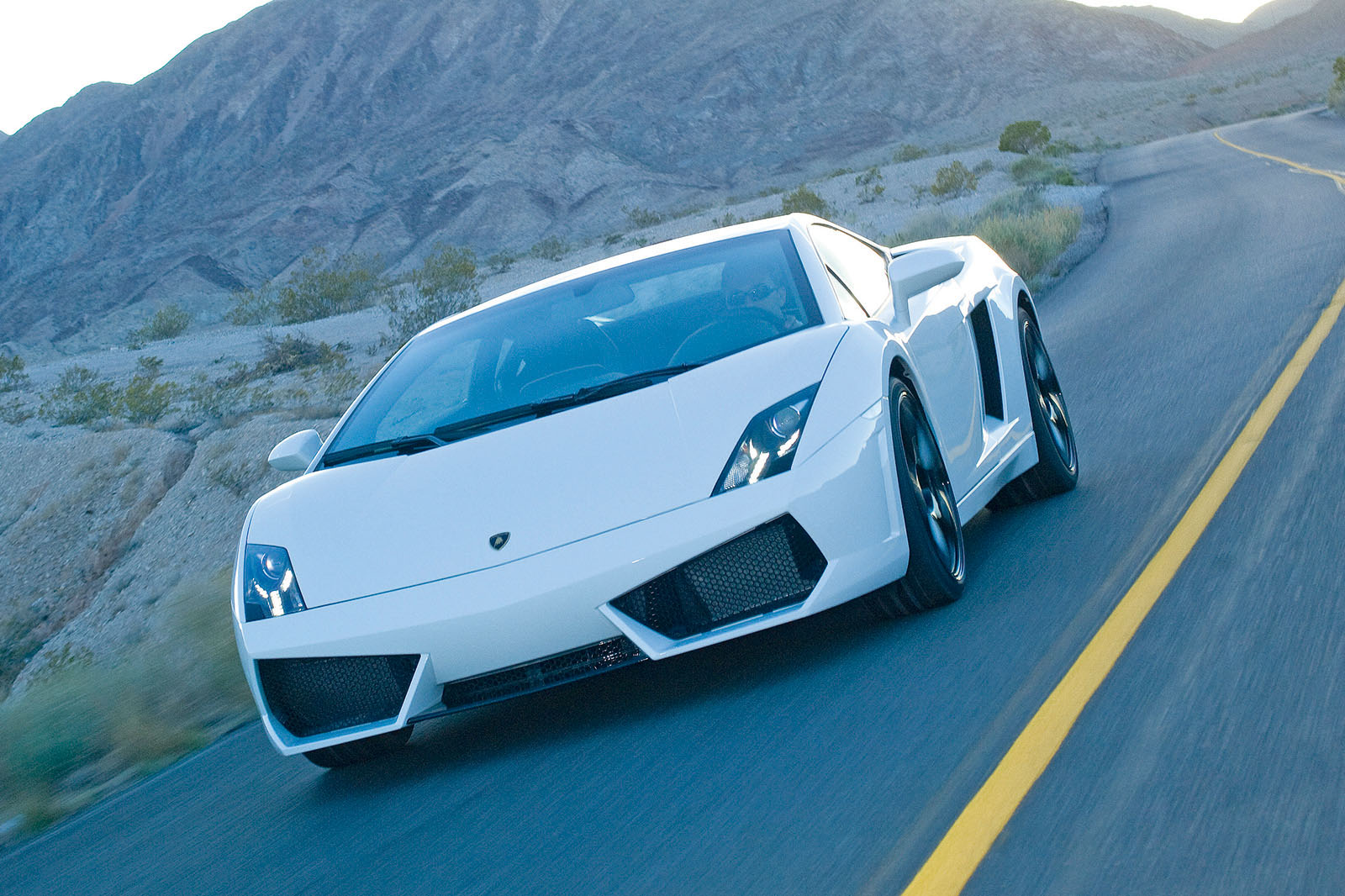
AUDI R8 V10 QUATTRO - 2009 27,000 miles, £56,000: an early V10 with a manual gearbox is probably the most charming, readily available version of the R8. The V8 has slightly sweeter handling but lacks the V10's knockout punch. Plentiful supply, so reasonable prices.
See all used Audi R8 for sale with Pistonheads Classified
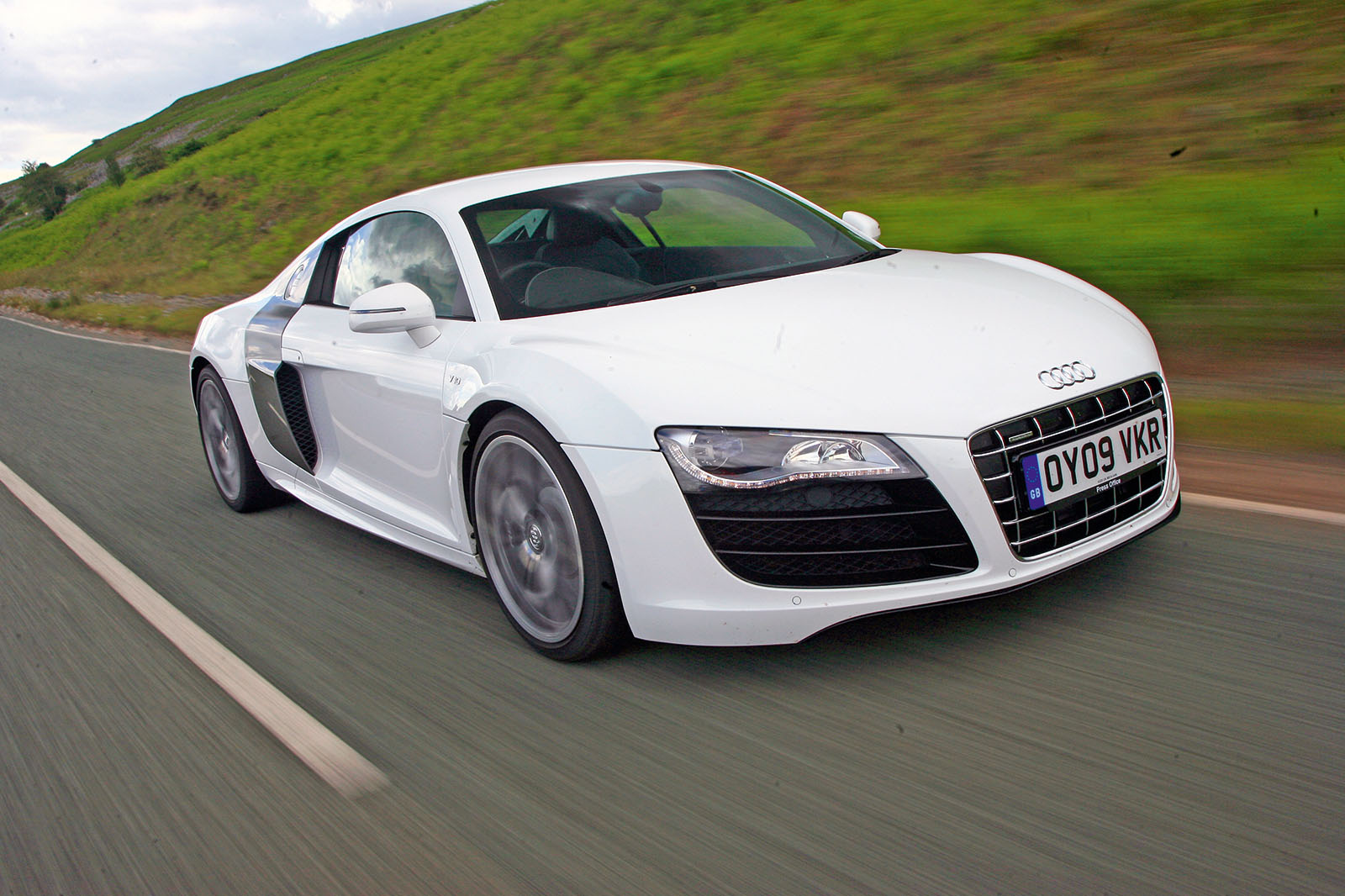
Read more
Lamborghini R&D boss: why the V10 and V12 are here to stay
Next Lamborghini Huracan due in 2022 will be plug-in hybrid
Tuned super cars: experiencing an Audi R8 V10 with 906bhp
Audi R8 review
Porsche Carrera GT review
Lamborghini Huracan Performante review